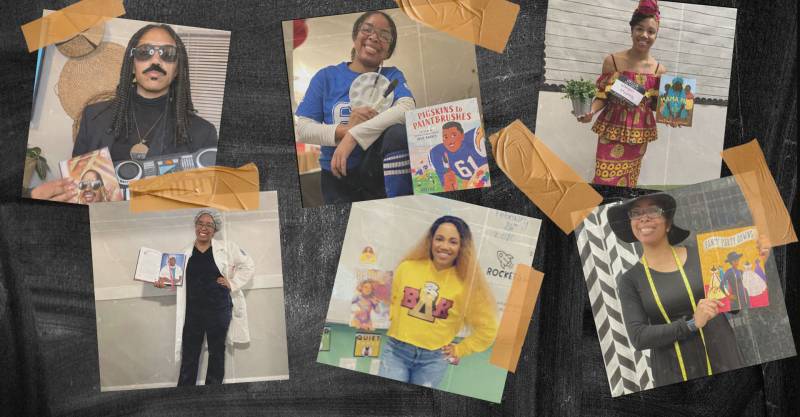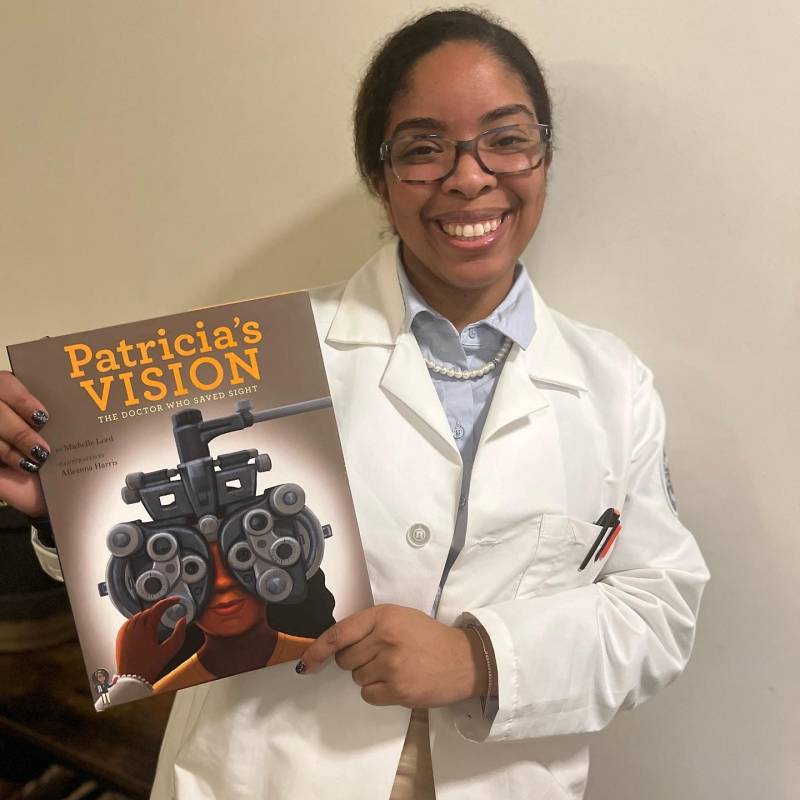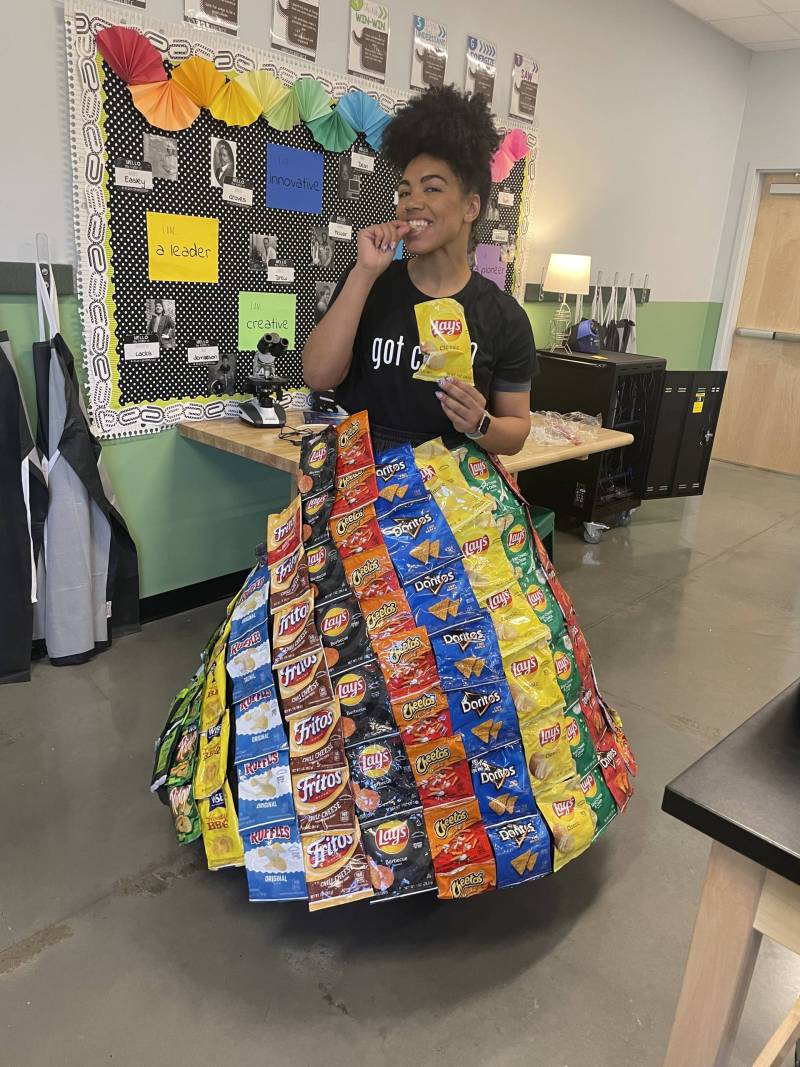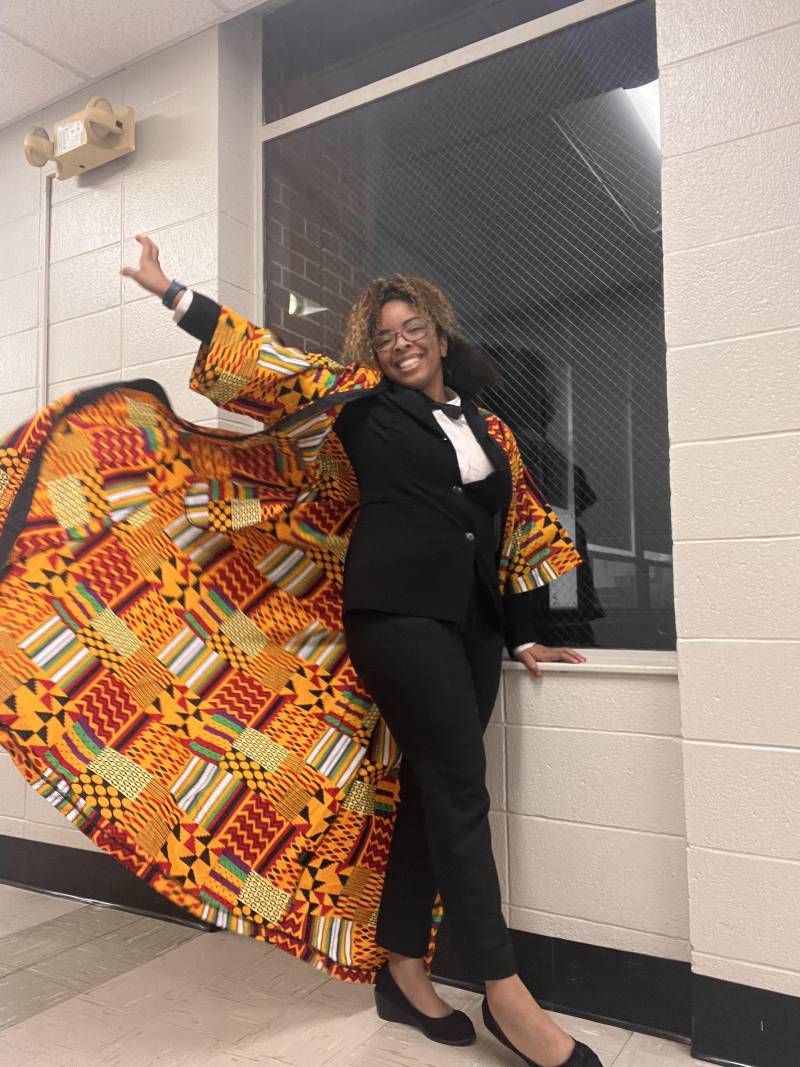On a February morning in 2012, Jazzi Goode, an elementary and middle school STEM educator in North Carolina, was having a hard time getting ready for work. With a closet that seemed devoid of suitable school attire, she surveyed her options: sweatshirts, button downs and lots of jeans. Rather than resigning herself to the ordinary, Goode was struck by an idea that would transform her approach to teaching. “I should dress up as Rosa Parks today,” she thought.
Goode put on a button down white shirt, a gray skirt and even a makeshift “prison tag” number to step into the persona of the iconic civil rights activist. After seeing how her spontaneous decision delighted her students, who listened attentively as they read books and learned about Parks’ role in history, Goode started to dress up as prominent figures more often. “It became an everyday thing,” said Goode, who transitioned out of the classroom to work at an education nonprofit this year. “I started to put more energy into it the following year and it just kept going.” Some years she dressed up every day for the month of February, while other years she dressed up three times a week.
Goode eventually inspired third grade teacher Tracey-Ann Lafayette to do the same. “I started [dressing up] because I saw Jazzi do it on Instagram,” said Lafayette, who teaches in Connecticut. She began to dress up once a week so her students could guess who she was and read a relevant book. She continues to dress up for the entirety of Black History and Women’s History Month and use it as a springboard for getting students interested in independent reading and exploring iconic figures in more depth. At the University at Buffalo’s Teaching Black History Conference last summer, Goode and Lafayette shared how teachers can use this powerful blend of education and theatricality to make learning come alive for their students.
Engage students with current events and books
For Goode and Lafayette, dressing up has been a surefire way to spark their students’ fascination with historical figures. “Third graders are just interested in the fact that I’m at school in an astronaut costume,” said Lafayette about when she dresses up as Mae Jemison, the first Black woman to travel into space. The anticipation of who she’s going to dress up as next and their historical significance excites her students.
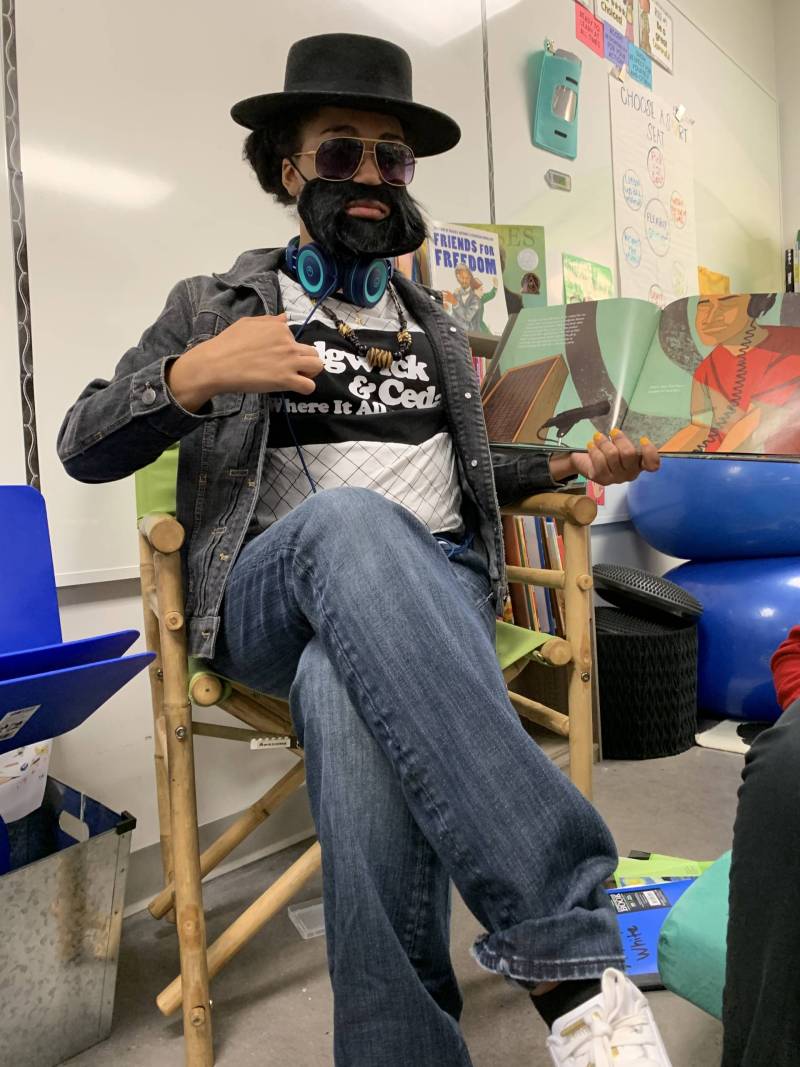
Soon after she started, students began putting in requests. Lafayette told them that she couldn’t fulfill every request, but she tried to incorporate more modern luminaries to make learning more relatable. “It doesn’t all need to be people from Martin Luther King’s time and before,” said Lafayette. “As different things popped up throughout the year last year, I would just write down the person’s name.” For example, one year she had a lot of students who were interested in football, so she came to school dressed up as Autumn Lockwood, the first Black woman to coach in the NFL Super Bowl. When Goode came to school dressed as Misty Copeland, the first African American female principal dancer with the American Ballet Theatre, a student that she had been struggling to build a relationship with danced with her in the hallway.


